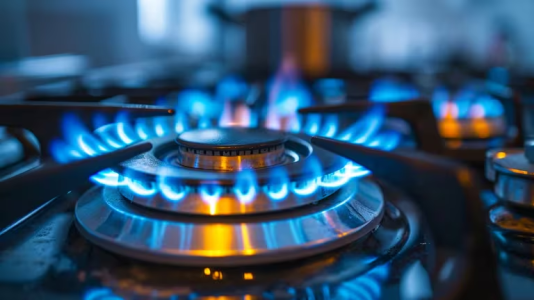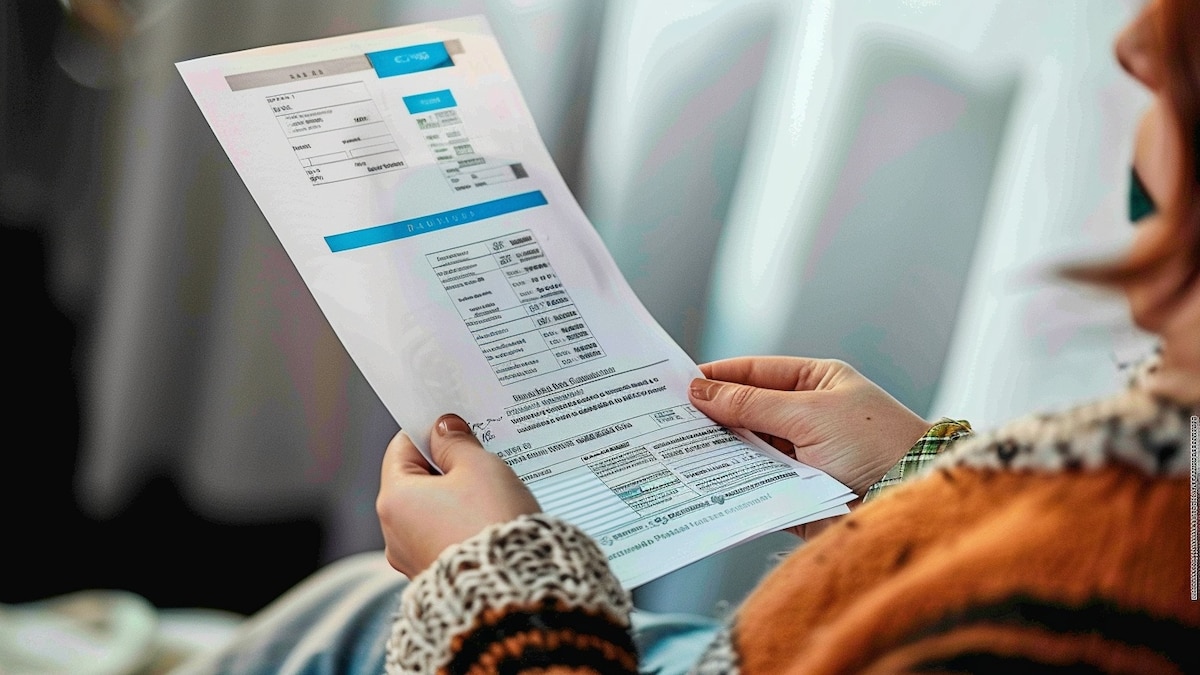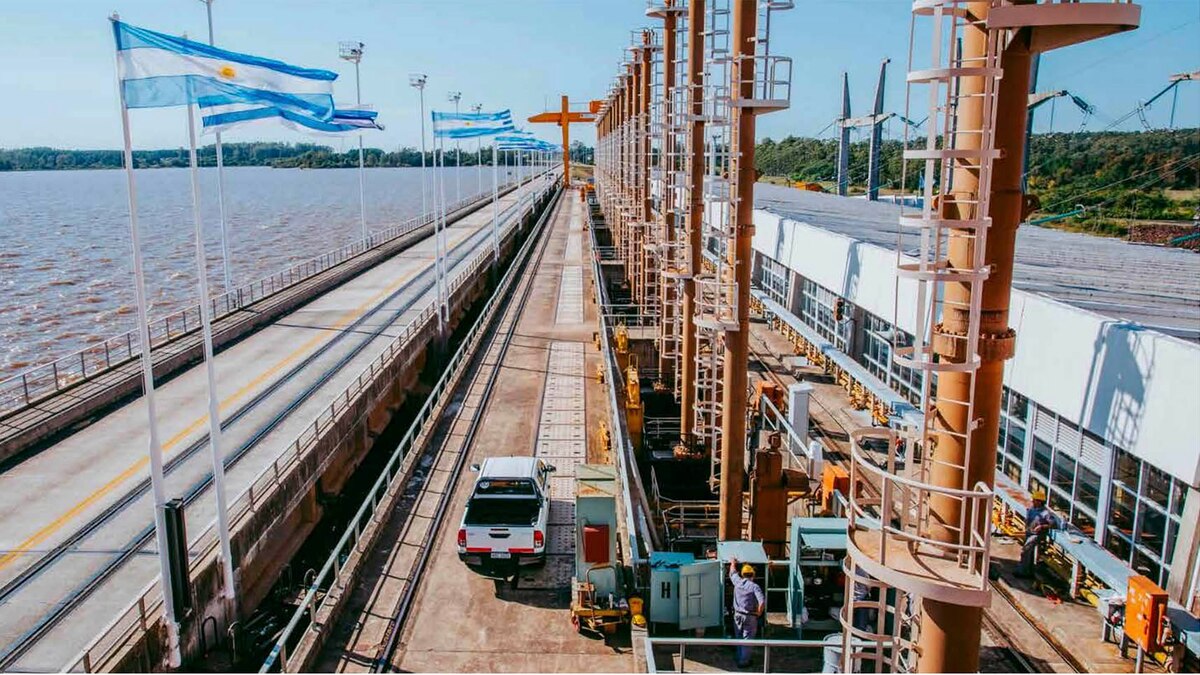All the Answers
Well-known member
They approved the new table of gas rates with increases of 350% throughout the country - Infobae

Source;

Aprobaron el nuevo cuadro de las tarifas de gas con subas desde el 350% en todo el país
Los valores regirán desde el 1° de mayo hasta el 30 de septiembre como parte del camino que inició el Gobierno hacia el sinceramiento de precios. Las subas superan el 450% en algunos casos
April 03, 2024
The values will govern from May 1 to September 30 as part of the path that the Government began towards honesty of prices. The increases exceed 450% in some cases

The new rate table comes after the official increase for the month of April (Illustrative Image Infobae)
After the increase that came in April , the Government approved the new table for the gas rates of all distributors in the country. These values will apply from May 1 to September 30.

It may interest you:Gas increase: what is the hidden charge on the bill that will jump 1,000% and how to know how much each user is going to pay
The increase that was implemented starting this month represents a jump that starts at 350 percent, according to official sources, although it climbs to more than 450% depending on the user. The measure was made official just a week ago and, now, the Executive published in the Official Gazette the Transition Rate Tables and Rates and Charges for Services for all distribution companies in the country, among which are Metrogas, Transportadora Gas del Sur, Gasnor, Nartugy BAN, Distribuidora de Gas Cuyana , Distribuidora de Gas del Centro, Litoral Gas, Gas NEA, Camuzzi Gas Pampeana and Redengas .
Based on data provided by metrogas, household bills, the size of the increases can be estimated — although much depends on what users ultimately consume.

It may interest you:The era of Argentina on offer for Uruguayan tourists ends: the price differential fell to its lowest level in five years
Thus, for example, an “R1” user in Capital Federal—the category that includes 53% of households—will pay about $7,000 per month according to the distributor's calculations. This is an increase of 352% compared to the $1,547 you paid until now.
A user in the same R1 category from the Province of Buenos Aires , meanwhile, will pay an estimated bill of $7,400 per month. An increase of 390% compared to the $1,512 that was paid until last month.
An R22 user , on the other hand, will go from paying $4,527 to about $25,200 per month, that is, 456% more than before .
R1 corresponds to a house or apartment in which 4 people live and have a water heater or hot water tank, kitchen, oven and a stove. R22 corresponds to a house or apartment in which 4 or more people live and have a kitchen with an oven, hot water tank/water heater or boiler, and two stoves. In both cases, the rate is calculated for N1 users, without subsidies.
In addition, through several resolutions, the National Gas Regulatory Entity (ENARGAS) approved the monthly tariff update formula, which takes into account the areas of residence; consumption charges; wholesale prices, known as Point of Entry to the Transportation System (PIST) ; transportation and distribution.
In its recital, the Government mentions the emergency of the national energy sector, declared on December 16, 2023, as well as remembering the path initiated by the national Executive towards the honesty of service prices and the restructuring of the subsidy system. In any case, the path chosen by the Government shows the delay in the implementation of the plan.

The increase in gas is added to the increase in electricity services
“It is appropriate to proceed with a temporary adjustment of the gas transportation and distribution rates in order to maintain, in real terms, the income levels of the providers, so that they allow investment needs to be covered with the required quality standards, guaranteeing the sustainability of the public service until the moment the rate tables resulting from the rate review process come into effect,” the resolutions allege.
According to the latest increase, in the April service bill, which will be paid in May, users who, according to the current rate segmentation scheme, represent Level 1 (high income) and those of the general service who are not residential will pay between USD 2.70 and USD 2.95 per million BTU.
For their part, N2 users (low income with social rate) will pay between USD 0.74 and USD 0.78 per million BTU for gas starting next month. N3 (Middle Income) will pay between USD 1.10 and USD 1.17 per million BTU. Obviously these two groups will pay in full for consumption that exceeds the subsidized block.
However, the greatest impact will be felt with this new tariff table, which will come into force as of May 1, when the price of gas jumps to between USD 4.20 and USD 4.50 per million BTU, depending the area of the country. This will represent a strong increase in a period where consumption will be higher due to winter.
As an example, the fixed values that Metrogas company users will have will vary depending on their category and area in which they live. In that sense, those who belong to the R1 category and live in the Federal Capital will have a fixed cost of $2,122.22 and those who live in the Province of Buenos Aires will pay a base cost of $2,554.77. The most expensive fixed values correspond to the R3 categories and 3rd and 4th subzones, which will have a value of $22,198.39 and 52,852.51, respectively in the Federal Capital and $17,157.61 and $28,722.14, in the Buenos Aires territory.
Likewise, consumption charges, the transportation system, the PIST values, and taxes and distribution are then added to these values.
METROGAS.pdf
 drive.google.com
drive.google.com

